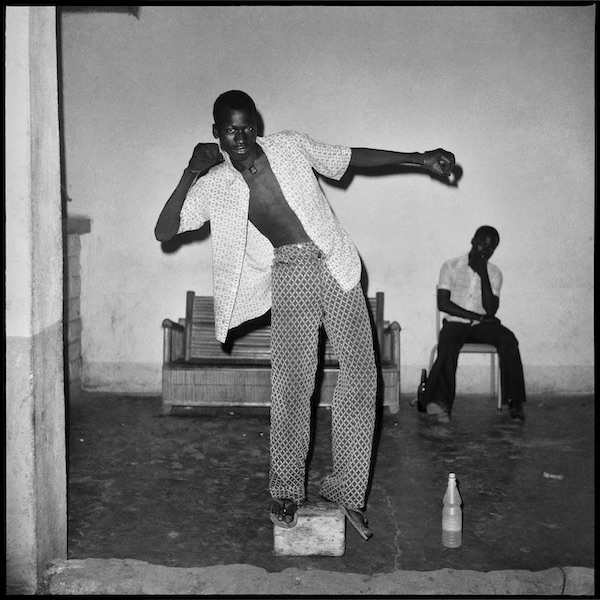
l'Équilibriste, 1972
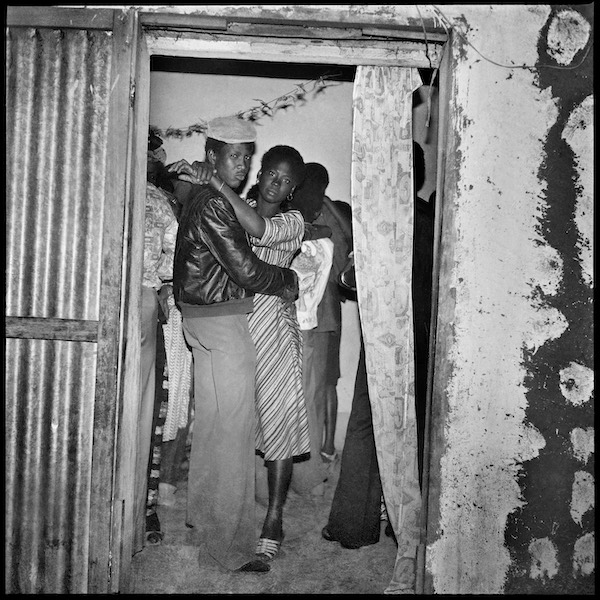
Surprise Party en Ville, 1974
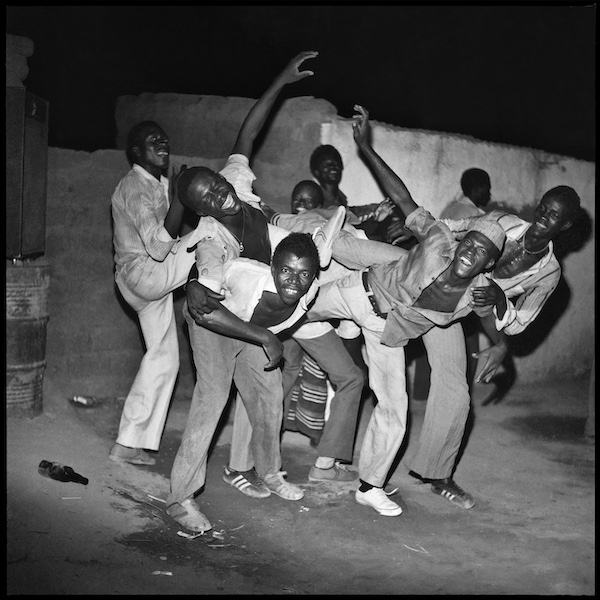
Les Sans Soucis de Dogona, 1980

Le Plein Chez Total, Route de Banfora, 1974

Bobo à Gogo, 1975

Les Trois Cowboys de la Brousse, 1971
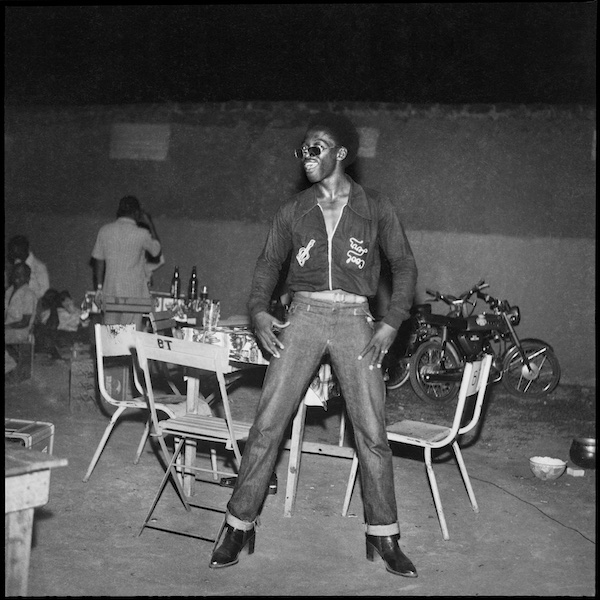
Yéyé le Dur, 1973
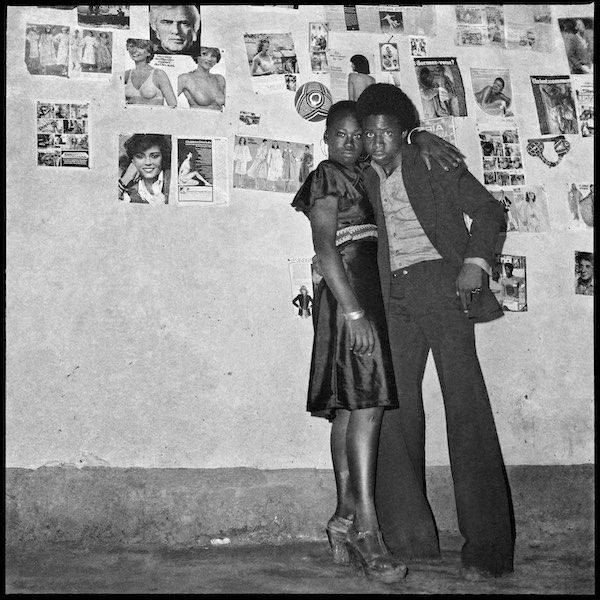
Les Amoureux Timides, 1975

Le Musicien, 1967
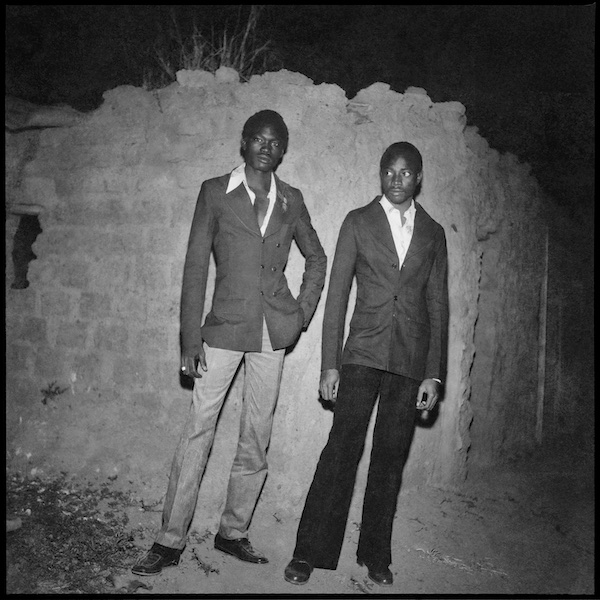
Sapeurs Mossi de Nuit, 1975
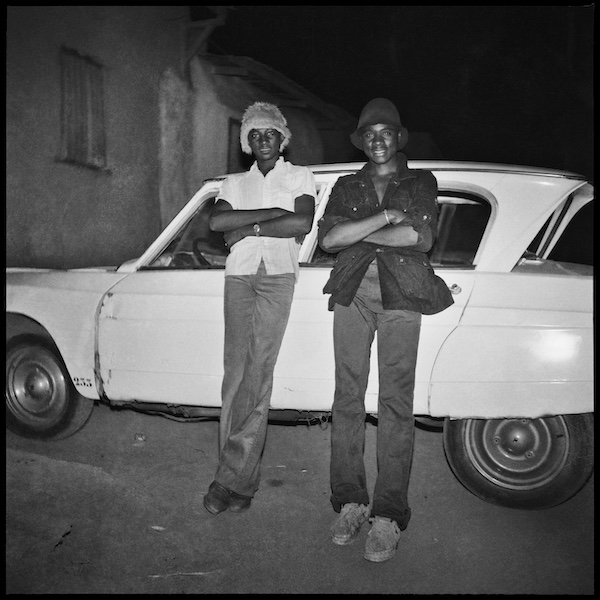
Les Deux Ami 8, 1975
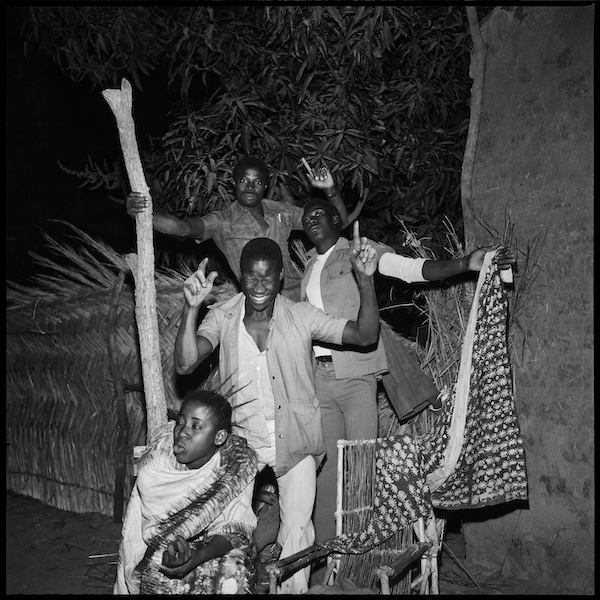
Les Noceurs de Banzon, 1972
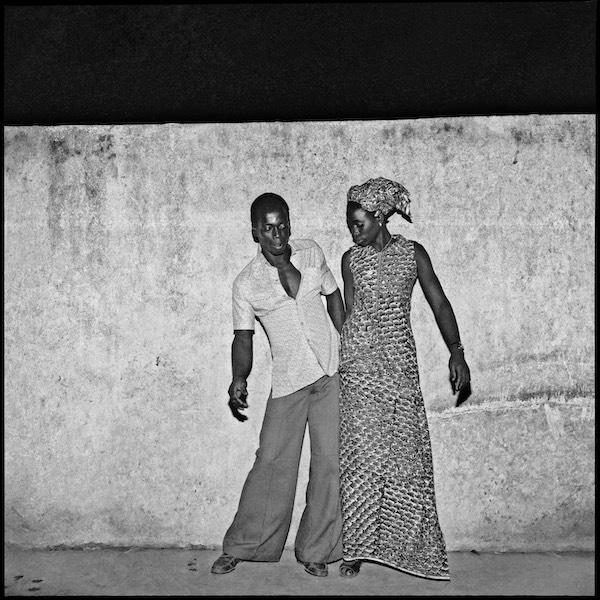
Les Jeunes Danseurs de Sikasso Sira, 1972
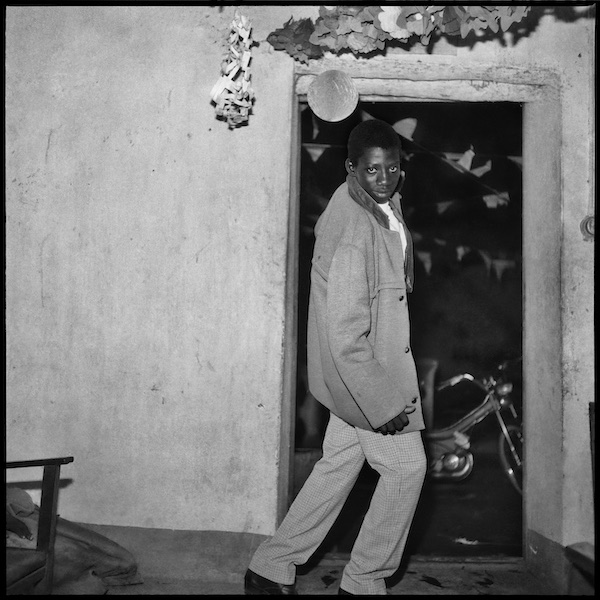
Laissez-Moi Entrer, 1967

Ford Fairlane Décapotable, 1966
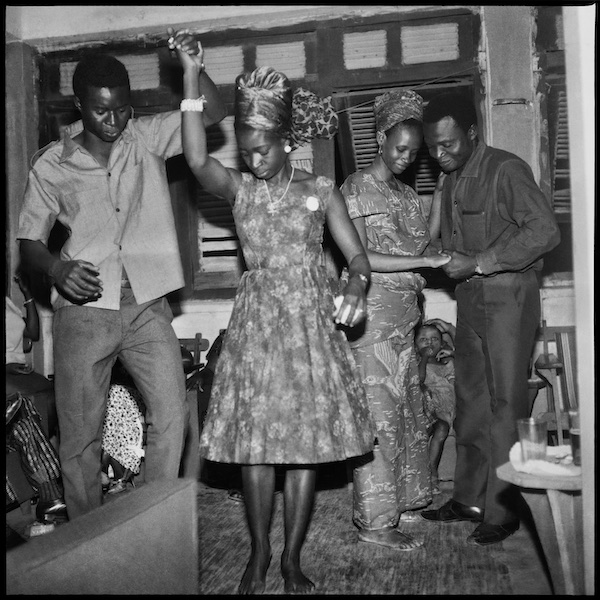
Valse à Bobo, 1968
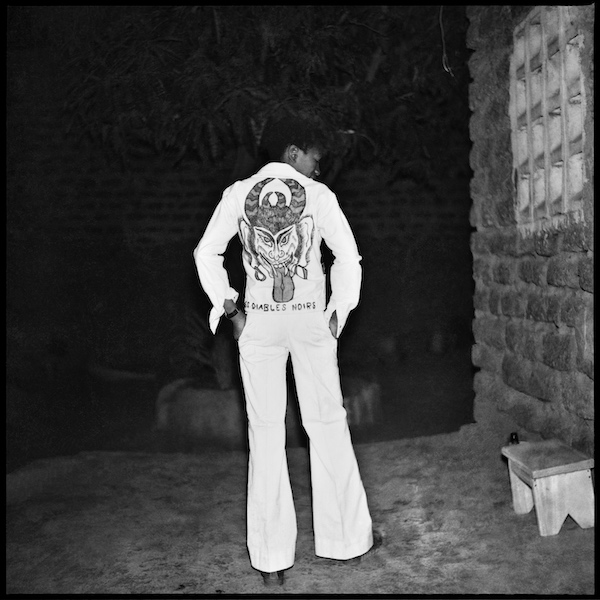
Le Diable Noir, 1975

Soirée Dansante à la Maison, 1968

d’Adamo aux Beatles, 1969

Deux Couples Dansant le Blues, 1979
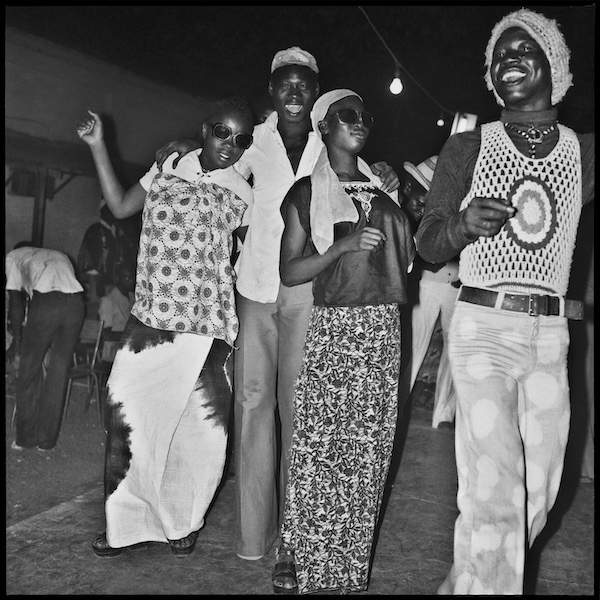
Fête au Volta Dancing, 1982
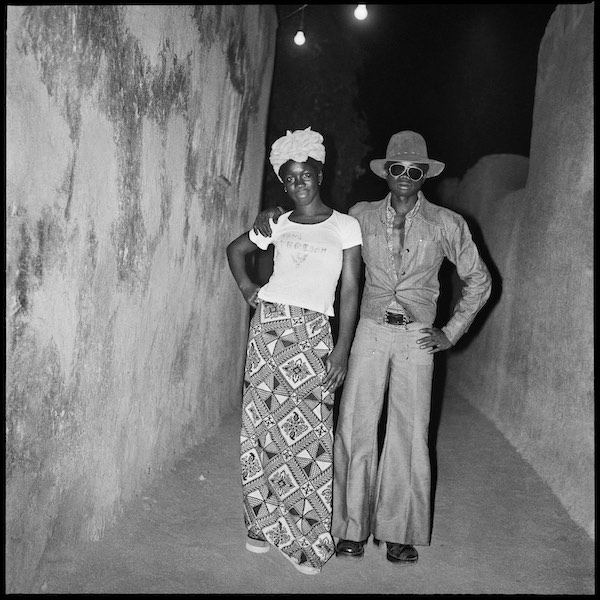
Ali et Sita en Soirée, 1974
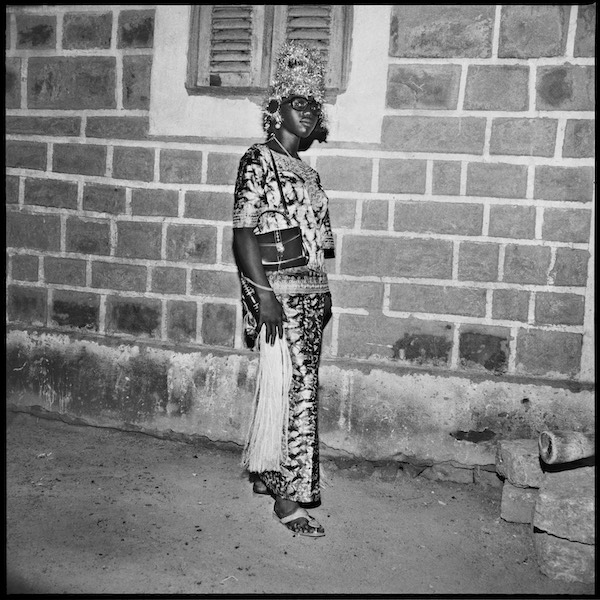
A la Mode Bobolaise, 1983
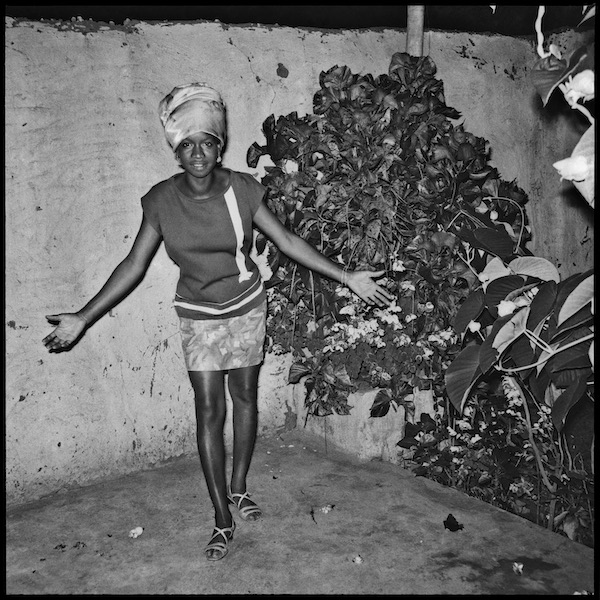
La Cliente de la Calebasse D’or, 1969
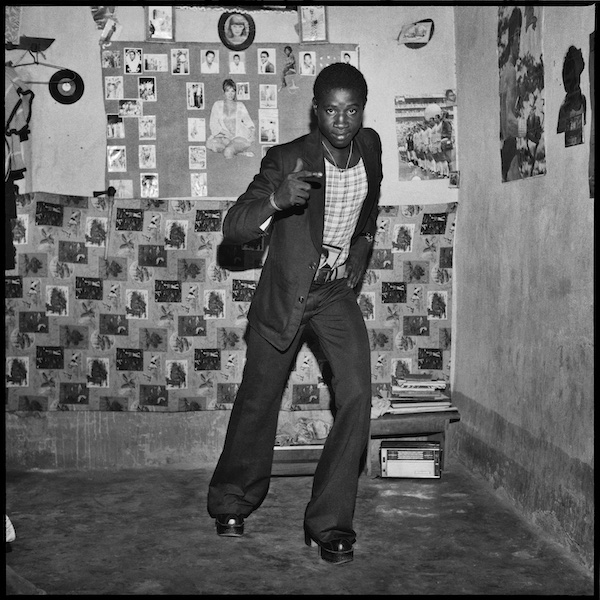
Le Malien et ses Chaussures à la Mode, 1975
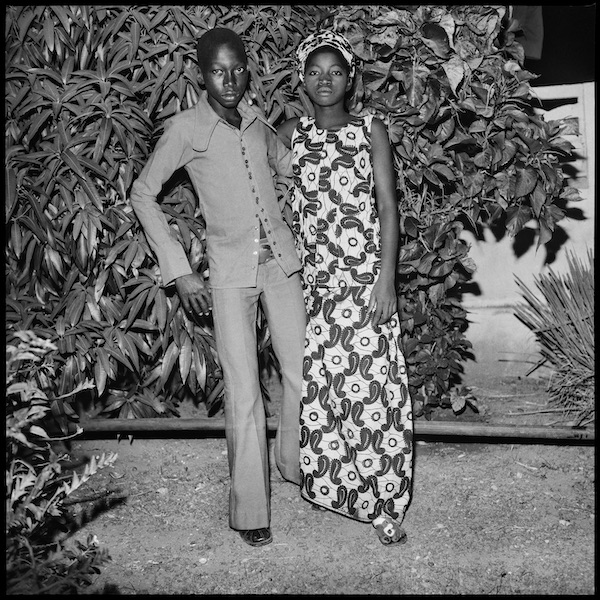
Les Deux Amoureux de Dogona, 1972
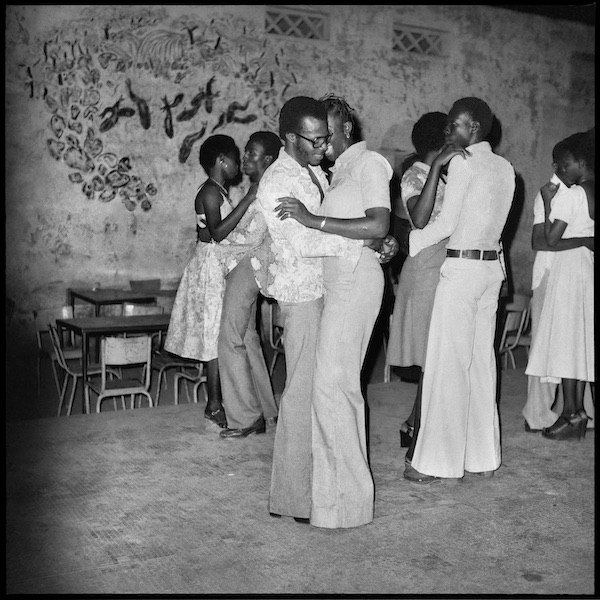
Le Quart d’Heure Rumba à la Soirée Privée, 1977
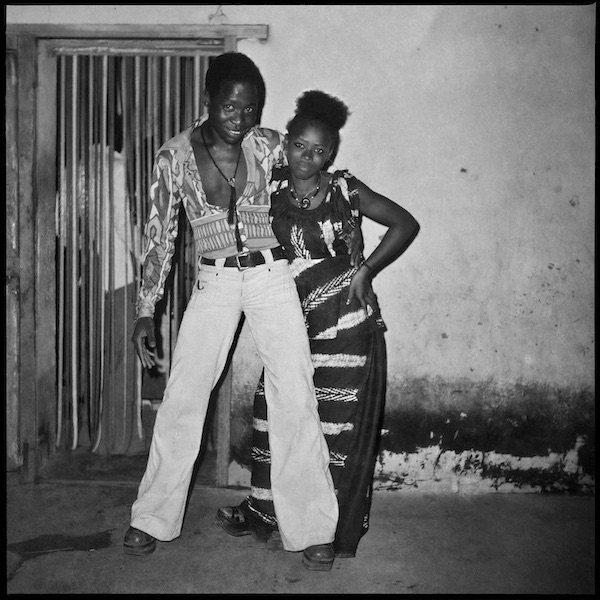
Posons Maintenant!, 1976
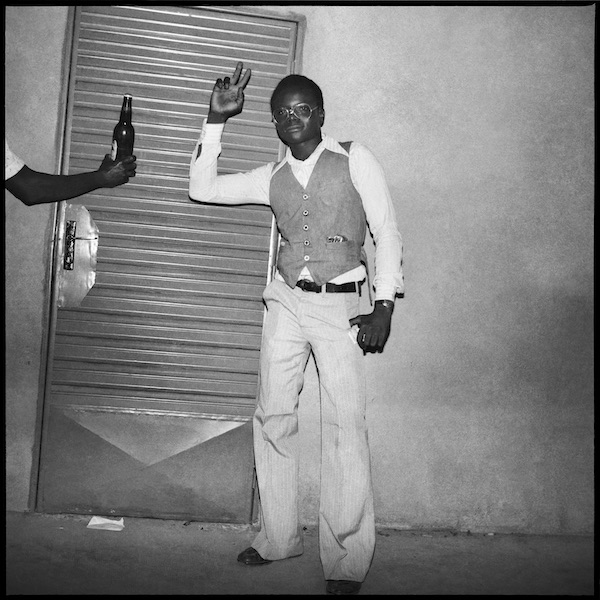
Une Biere Pour Moi, 1980
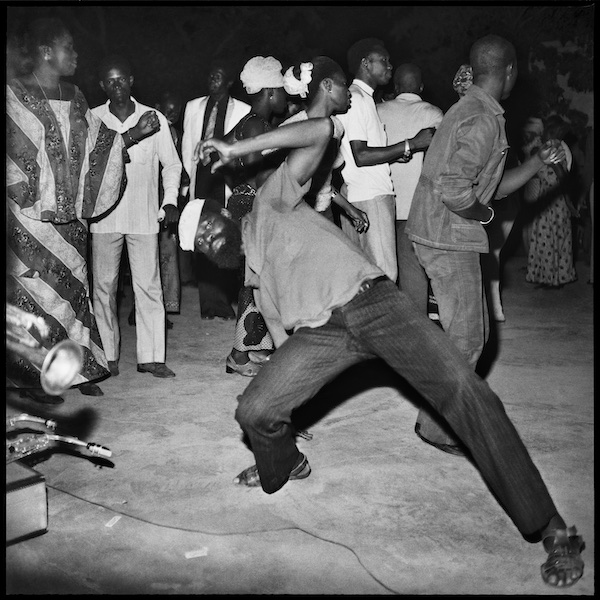
Yacouba Zero, 1970
Sanlé Sory – Peuple de la Nuit (April 2019)
Sanlé Sory’s Peuple de la Nuit series captures the vibrant youth culture, dance parties and flourishing music scene of his home city, Bobo-Dioulasso, in Burkina Faso, West Africa.
Recently unearthed from Sanlé’s personal archive, ‘Peuple de la Nuit’ is an evocative tribute to the nightlife of mid-60s to mid-80s Bobo. This collection of black-and-white photographs shows the carefree spirit of Sanlé’s subjects, who include musicians, dancers and lovers that graced some of city's hippest venues – Volta Dancing, Calebasse d’Or, Normandie and Dafra Bar.
To document the region’s unique energy and passion, Sory would set-off towards the remote villages along the Kou Valley, northwest of Bobo. Driving in his Volta Photo Citroen 2CV van, carrying a few lights and a home-made sound system, Sanlé would stage his own Bals Poussière (dust-ball parties), which often lasted until well after sunrise, when the farmers and herders would head straight back to tend their fields and livestock.
Born in 1943 in Burkina Faso, when it was a French colony known as République de Haute-Volta, Sanlé Sory established his Volta Photo studio in 1960, the year the country regained independence, in his hometown, Bobo-Dioulasso. The studio quickly became a cultural hub for the city’s most stylish residents – young and old, rich and poor.
After working long days at the studio, Sory would often go out and shoot the vibrant nightlife of his hometown and surrounding areas, amassing many thousands of photos that spanned several decades. These images remained unseen by the wider world until the Peuple de la Nuit exhibition at David Hill Gallery and accompanying book of the same title, co-published with Stanley / Barker.
Peuple de Nuit is a unique portrait of youth culture and nightlife of Bobo-Dioulasso during the first decades of West African independence.
Please mail info@davidhillgallery.net with any Sanlé Sory exhibition print enquiries.
‘Vibrant youth culture and a flourishing music scene leap out of the west African photographer’s Peuple de la Nuit’ The Guardian